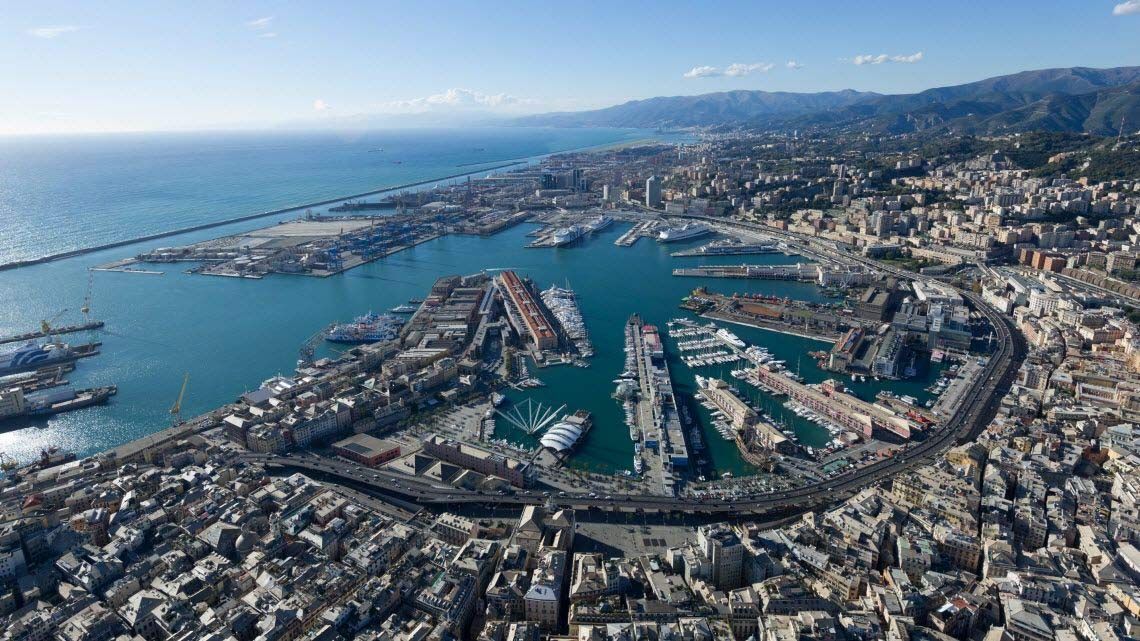The innovative project at Genoa Port comprises building a marine infrastructure that will operate as a bulwark at sea and safeguard the basins and port facilities against climate change.
In accordance with the principles of a circular economy, almost all of the materials from the destruction of the existing breakwater will be repurposed, minimising the environmental impact of its construction.
The new breakwater will be 6,200 kilometres long, while seven million tons of rock material will be utilised to construct the base, which will extend down to depths of up to 50 meters.
A total of 100 prefabricated, 10-story buildings-sized, reinforced concrete caissons will be positioned along the base, measuring 35 meters in width, 67 meters in length, and up to 33 meters in height.
The breakwater’s development will give modern ships known as Ultra Large safe access to the port. When finished, the port will include an 800-meter-long turning basin, providing extra room for freight, passenger, and cruise ships.
By doing this, the Port of Genoa will be able to compete on an equal level with Europe’s largest hubs and improve its reputation among Mediterranean ports.
Between 2027 and 2030, when the second phase of the project is finished, it is predicted that the new breakwater will enable a gradual annual growth in commercial traffic of 22–30%.
The port authority expects that increased revenue from container traffic, port privileges, and taxes will result in an economic benefit of US$4.6 billion.
The National Recovery and Resilience Plan (PNRR) provided funds for one of Italy’s largest strategic projects. The national Government, the Port Authority, and the public institutions in the area worked together to make it possible.







